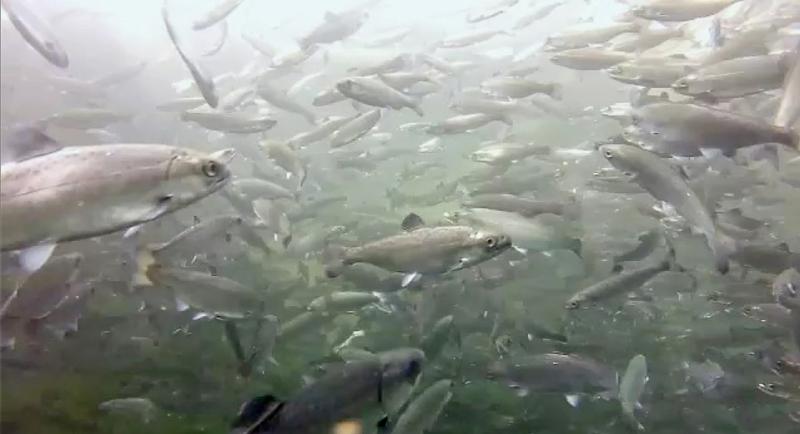Researchers find that maintaining genetic variation is critical to allowing wild populations to survive, reproduce, and adapt to future environmental changes.
A new paper shows that genetic variation is crucial to a population’s short- and long-term viability. The paper, by a NOAA Fisheries Northwest Fisheries Science Center researcher, examined decades of theoretical and empirical evidence. It was published in the Proceedings of the National Academies of Science.
The genomics revolution has made it possible to quickly and cheaply sequence entire genomes. These rapidly advancing technologies have expanded our understanding of wild populations like salmon and their interactions with the environment.
For example, researchers can look at genetic traits that influence a particular Pacific salmon population’s biodiversity, disease resistance, migration timing, and other adaptations. Such a deeper understanding of salmon genetics gives managers more information to help protect and recover them.
Some recent studies have pointed to wildlife populations such as musk ox, cheetahs, and island foxes that have low genetic variation and yet persist despite high levels of inbreeding. This has led some to conclude that genetic variation and inbreeding don’t matter as much as previously thought.
Click here to read this article from NOAA Fisheries.




